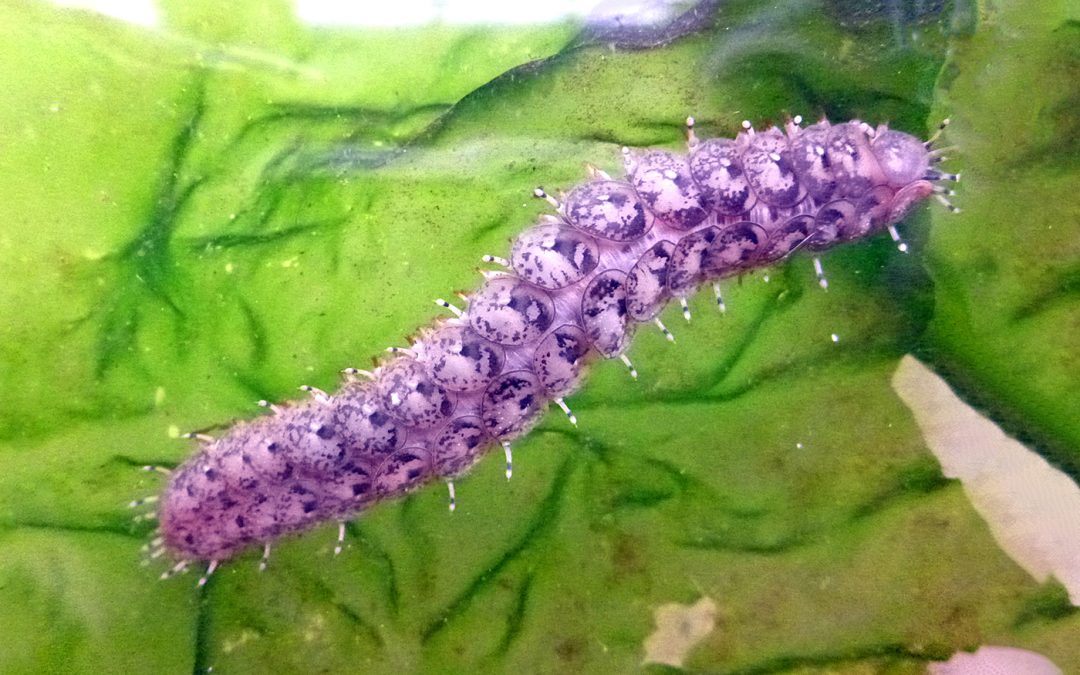
by David Young | Dec 6, 2024 | Annelids and Flatworms
Author: Theodore Jack Common name: Eighteen-scaled Worm, armoured scale-worm, common scale worm. Scientific name: Halosydna brevistosa Size range: It can grow up to 11 cm in symbiotic relationships, but is normally around 2 cm in length. Identifying...


